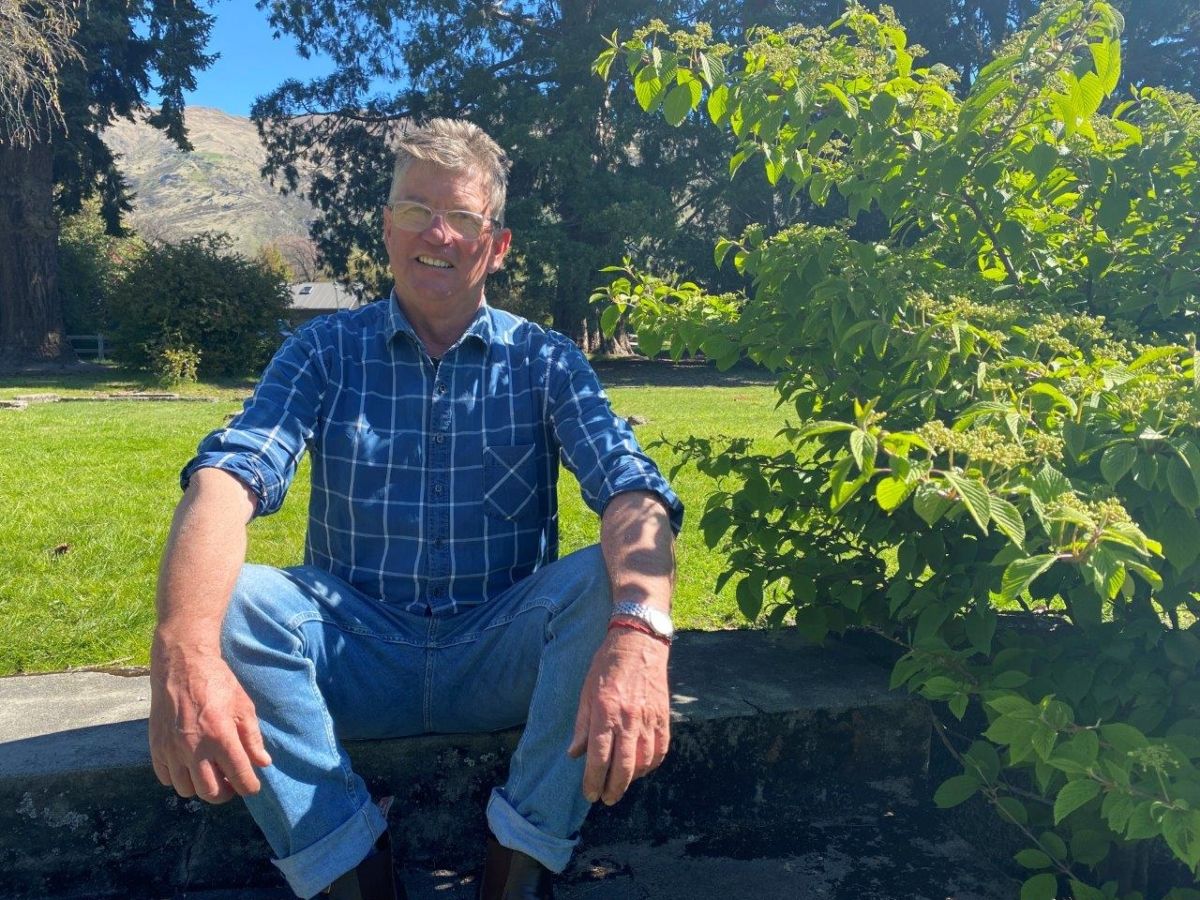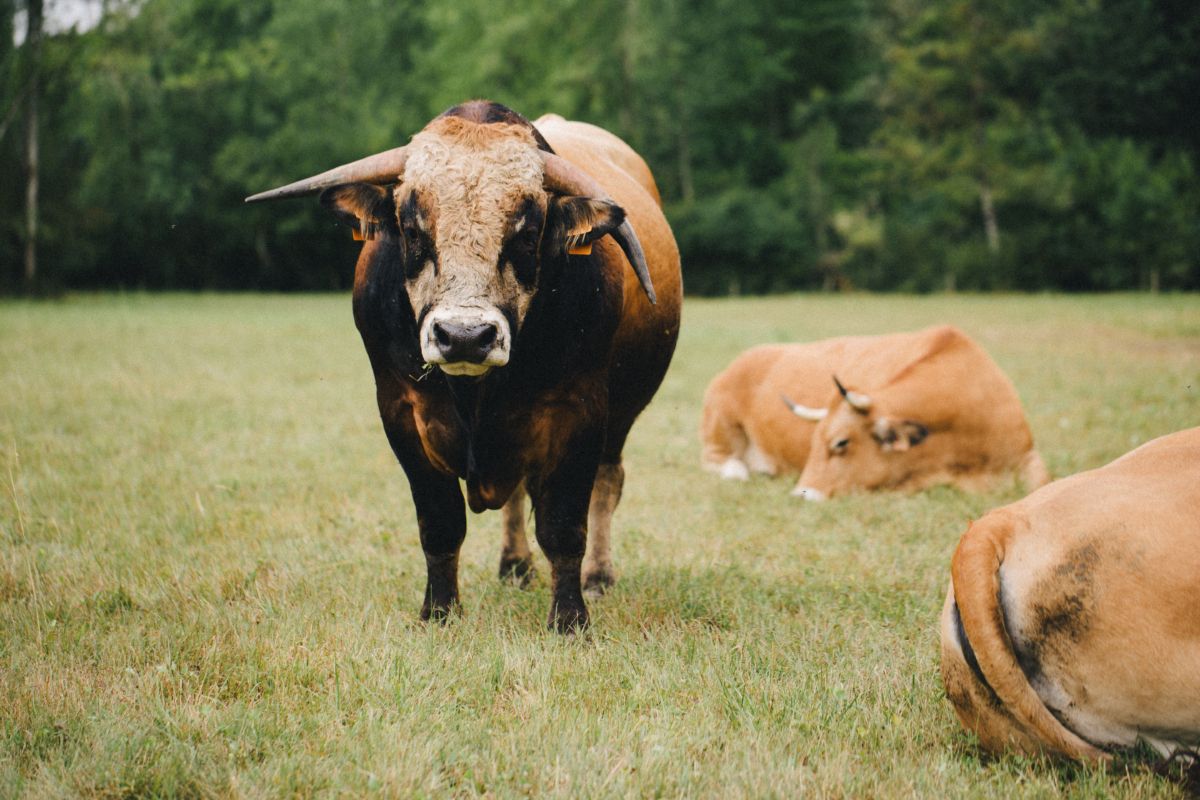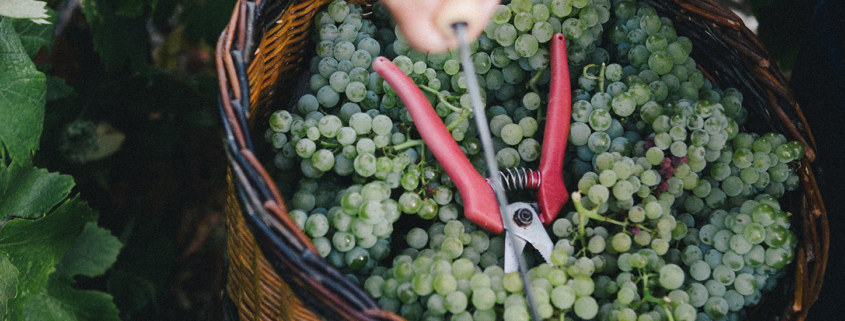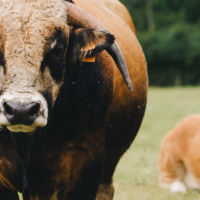Biodynamics Wine Growers – Wine and Wonder
Harvest Article – Summer 2016
James Millton, the original biodynamic winegrower in the Southern Hemisphere, reflects on a career of learning to dance with Mother Nature.

When I was seven, I wanted to grow vegetables. When I was 14, I wanted to ferment fruits, and by 21 I was in Europe learning my trade from the masters.
I came to biodynamics when I was 24 years old. I was offered the opportunity to take over the work of my wife’s family vineyards in Gisborne. In Europe we hadn’t seen much evidence of biodynamics in winegrowing; such was the political situation, particularly in Germany where we worked, or maybe we just didn’t resonate with it at that moment.
Back here I wanted to do only organic growing. The older generation thought we were mad, crazy in fact. “Why go back to these old ways?” they would ask. So did everyone else it seemed. So, for greater approval we called it integrated pest management and we advertised for someone to come and work with us.
Marinus La Rooij came; however he thought our work was too monocultural and didn’t take the job but gave me a book1 to read on biodynamic farming. There were no biodynamic books on winegrowing specifically, so much of our work was based on intuition and enthusiasm. One thing led to another, and we got straight into applying the preparations, reading Agriculture2 cover to cover and back again.
We did it as best we could, as one does, but in hindsight we were quite naïve about how it all worked. This was in 1984, and mainly dairy farmers were starting to become active in biodynamics. As you can imagine, they want to grow grass (leaves) and stop their crop from going to seed. We, on the other hand, wanted to grow fruits with small fruits and large pips (seeds), as the seeds contain phenolic compounds which are antioxidants, now considered a more natural way of keeping the quality in wine. So a lot of the shared information had to be turned around and viewed from another angle.
It may come quickly to others, but it appears to me that only after 28 years of biodynamic practice, Mother Nature then realises that you really are serious.
James Milton
I think it takes at least three years to get your head in the right zone, to optimise your priorities and have a clear vision of the pathway to the ultimate reward. Now, after so many years, I realise that it took seven years to gain Mother Nature’s forgiveness for past practices. For the next seven years she offers further understanding of the kingdom of nature; this may be similar to trying to keep a marble in the centre of the front cover of an enlightening book, using all your skill and empathy to make sure the marble doesn’t roll off. Balance and harmony then prosper.
It may come more quickly to others, but it appears to me that after 28 years of biodynamic practice, Mother Nature then realises that you really are serious and she opens her doors and welcomes you inside, to dance with the elementals and other energetic bodies. It’s a lovely feeling. Saturn has made one revolution around the sun during this time.
Nowadays we farm seven separate vineyards within the valley of Poverty Bay. Our main activity is growing grapes and producing and bottling the wine right here on the property. It is an individuality of some provenance. We have some olives and walnuts and forest but our key activity is wine, and grape juice and vinegar.
We identify the four elements, with the four temperaments, with the four sensations of taste: sweet, sour, salt, astringent, and these days more and more, umami. The main grape varieties we grow are correspondingly Riesling – sweet, Chenin Blanc – sour, Viognier – salt/umami, Chardonnay – astringent. In recognising that a stringed musical instrument may have six strings, we have other related grape varieties which we use for blending in order to increase the overall depth and notes of these tastes.
We have animals, and especially our red shorthorn cows are almost sacred. In former times we would drive down to Hohepa in Hawkes Bay to gather manure from this wonderful source. After a time, however, I had the feeling, from the people and the microbes, that this manure
didn’t come from “our place.” We were lucky enough consequentially to buy some weaner calves from that property. As soon as they arrived to “our place,” the whole ethos of our work changed. We had contentment within our work and time. I see this all over the country nowadays. The sense of caring for an animal from a plants person’s perspective is multiplied many times.

Cattle can see your aura. They take it into themselves when you approach by way of licking their nose and looking dolefully at you, contemplating what your intentions are, and if you are chosen, they then take a pee. For a sense of amusement, we take our new customers to meet our cows to have the cows check them out, as it were. Are they sincere? Will they pay? It certainly puts the customers on the spot, which is amusing.
Unsurprisingly our vines are dry-farmed, much as we see with most biodynamic winegrowers throughout the world I like reading the works of Schauberger3 and Emoto4 dealing with water, movement and energy.
The plants have a “brain,” and they communicate with each other and their surroundings through the exudates coming from the root tips and the world wide web of the mycorrhizal fungi. We want to measure these things, especially after applying compost or, in particular for grapes, applying 501. We wish to measure leaf sap density and the soil’s electro-connectivity during the season to see if there is a response. If we had time and knowledge to do it, completing sensitive crystallisation of the resulting wine would be the ultimate qualitative demonstration of our product’s beauty. But time and available finance are still large considerations for us.
The future for biodynamic winegrowing is blossoming throughout the world, quite rapidly. So is the interest in natural wine. Ploughing with the horse is increasing even in the most popular estates. Ten years ago several high- profile wine journals would only scathingly mention this type of farming. These days it is mentioned in every story. Will it affect the competition? Possibly, but it will certainly sort out those who are doing it for marketing reasons and those who are genuinely committed.
We have to learn the words of science so others can understand; others have to learn the spirit of activity when working on the land and that enthusiasm is not a sin. They have to study things which are not so obvious. We haven’t learnt enough about nature to even start thinking about other types of improved agriculture.
The future for biodynamics is a sunrise which has been happening for nearly 100 years now but dates back to the beginning of time.
When the busy world is hushed and the fervor of life complete, the best thing to finish the long day, glass in hand, is the chance to sit and wonder.
Recommended Reading
- Sattler & Wistinghausen, Bio-dynamic Farming Practice
- Rudolf Steiner, Agriculture
- Viktor Schauberger, The Water Wizard – The Extraordinary Properties of Natural Water
- Masuru Emoto, The Hidden Messages in Water
- Benjamin Hoff, The Tao of Pooh and The Te of Piglet 6. Rudolf Steiner, A Road to Self-Knowledge and the Threshold of the Spiritual World



